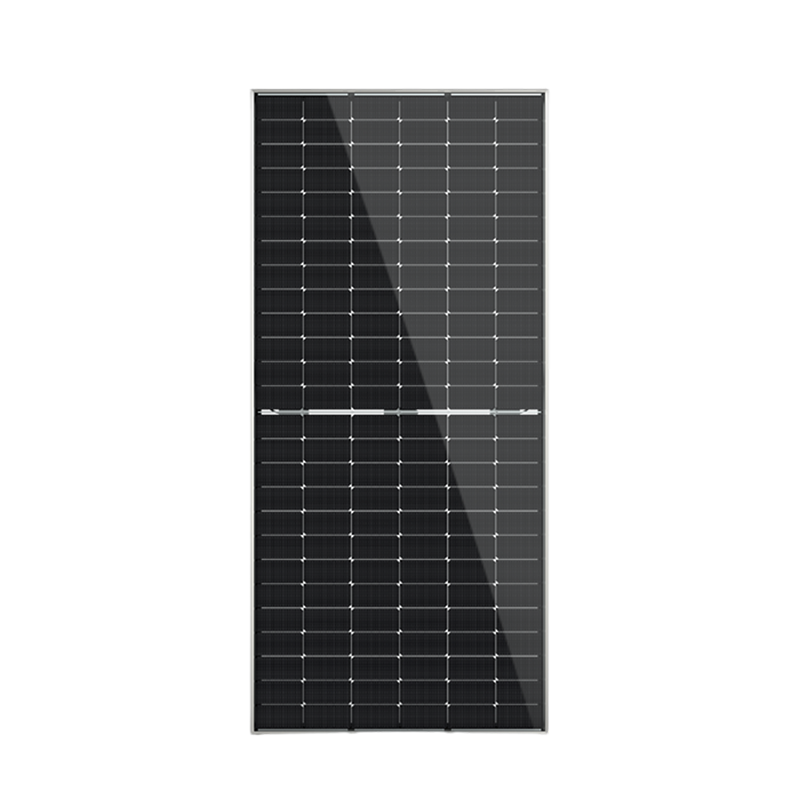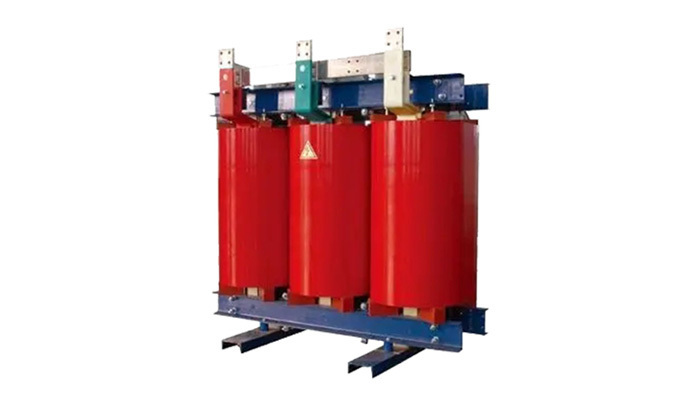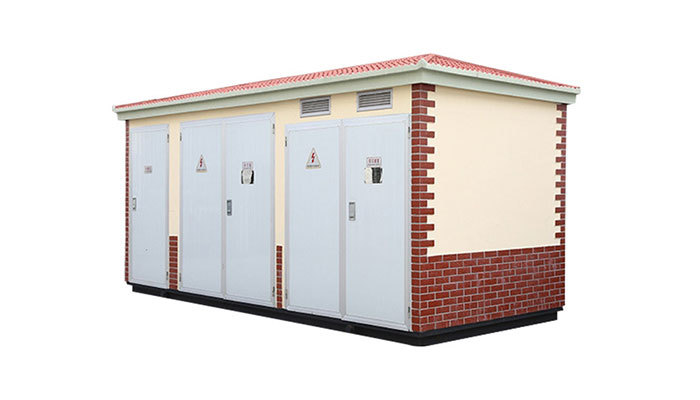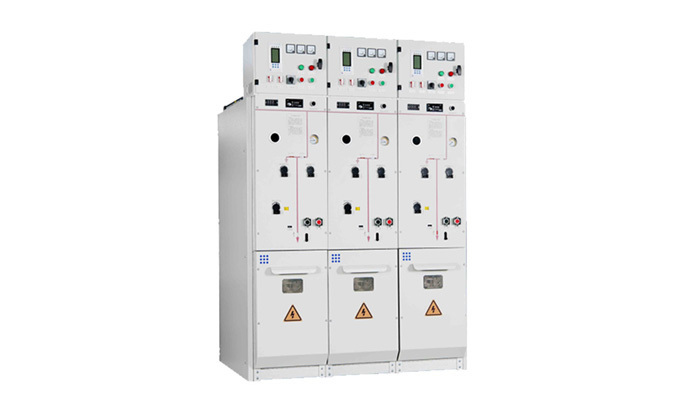Understanding Cable Branch Box Ratings: What Do They Mean?
Release time:
2025-08-14
Understanding Cable Branch Box Ratings: What Do They Mean?
Table of Contents
- 1. What is a Cable Branch Box?
- 2. Importance of Cable Branch Box Ratings
- 3. Common Ratings Explained
- 4. How to Choose the Right Ratings for Your Needs
- 5. Applications of Cable Branch Boxes
- 6. Safety Considerations
- 7. Maintenance and Inspection
- 8. Frequently Asked Questions
- 9. Conclusion
1. What is a Cable Branch Box?
A **cable branch box** serves as a crucial component in electrical distribution systems, acting as an interface between incoming power cables and outgoing circuits. These boxes facilitate the safe distribution of electrical energy to various circuits, enabling efficient power management in residential, commercial, and industrial applications.
Typically constructed from durable materials, cable branch boxes protect electrical connections from environmental damage while providing a secure space for cable terminations. Their design often includes features to accommodate multiple circuits, making them essential in areas with extensive electrical systems.
2. Importance of Cable Branch Box Ratings
Understanding the ratings of cable branch boxes is vital for ensuring optimal performance and safety. Ratings provide insights into the electrical capacity and environmental resilience of these boxes, allowing engineers and technicians to select appropriate products for specific applications.
By adhering to rating specifications, professionals can prevent overloads, enhance system reliability, and comply with local codes and regulations. This understanding ultimately contributes to the longevity and safety of electrical installations.
3. Common Ratings Explained
When evaluating cable branch boxes, several key ratings come into play. These ratings guide the selection process, ensuring that the chosen box meets the demands of the intended application.
3.1 Voltage Rating
The **voltage rating** reflects the maximum voltage the cable branch box can safely handle. This rating is critical for preventing electrical failure and ensuring the safety of connected equipment. Common voltage ratings include 240V, 415V, and higher, depending on the application.
When selecting a cable branch box, it is essential to match the voltage rating with the system requirements. An inadequate rating can lead to overheating, insulation breakdown, and potential hazards.
3.2 Current Rating
The **current rating** indicates the maximum load the branch box can carry without overheating. Measured in amperes (A), this rating is vital for ensuring that the box can handle the total current flowing through it.
Selecting a branch box with an appropriate current rating helps to maintain the integrity of the electrical system. Overloading a box can lead to circuit failures, fire hazards, and equipment damage.
3.3 Environmental Rating
The **environmental rating** assesses the branch box's ability to withstand external conditions, such as moisture, dust, and temperature variations. Ratings like IP (Ingress Protection) indicate the level of protection against solid and liquid ingress.
For instance, an IP66 rating signifies that the box is dust-tight and can withstand powerful water jets. Choosing a box with the right environmental rating ensures it can operate reliably in its intended location, enhancing its longevity.
4. How to Choose the Right Ratings for Your Needs
Selecting the right cable branch box ratings involves several considerations. Here are some essential steps to navigate this process:
1. **Assess the Load Requirements**: Calculate the expected load in terms of voltage and current to determine the necessary ratings.
2. **Consider Environmental Factors**: Evaluate the environmental conditions where the branch box will be installed. Look for ratings that reflect the exposure to moisture, dust, and temperature extremes.
3. **Review Compliance Standards**: Ensure that the chosen branch box meets all applicable local and international standards for safety and performance.
4. **Consult with Professionals**: If uncertain, consult with electrical engineers or suppliers who can provide guidance based on your specific requirements.
By following these steps, you can confidently select a cable branch box that meets all necessary specifications for your project.
5. Applications of Cable Branch Boxes
Cable branch boxes find applications across various sectors, thanks to their versatility and reliability. Some common applications include:
- **Residential Electrical Systems**: In homes, cable branch boxes distribute power to multiple circuits, ensuring a balanced load and safe operation.
- **Commercial Buildings**: In commercial settings, these boxes manage the electrical distribution for lighting, HVAC systems, and other critical equipment.
- **Industrial Facilities**: Factories and manufacturing plants use cable branch boxes to support heavy machinery, providing robust electrical connections in demanding environments.
- **Renewable Energy Systems**: In solar and wind installations, cable branch boxes play a vital role in managing power distribution from renewable sources to the grid.
This diversity underscores the importance of selecting the right cable branch box ratings based on the application.
6. Safety Considerations
Safety is paramount when dealing with electrical systems. Here are essential safety considerations regarding cable branch box ratings:
- **Adhere to Local Codes**: Always ensure compliance with local electrical codes and standards to avoid safety violations and potential hazards.
- **Regular Inspections**: Conduct routine inspections of cable branch boxes to identify signs of wear, damage, or overheating, which can pose safety risks.
- **Proper Installation**: Ensure that branch boxes are installed correctly, following manufacturer guidelines and best practices for electrical installations.
- **Use of Protective Equipment**: When working with electrical systems, always use appropriate personal protective equipment (PPE) to minimize risks.
Implementing these safety measures will help ensure a safe working environment and extend the lifespan of electrical installations.
7. Maintenance and Inspection
Regular maintenance and inspection of cable branch boxes are crucial for ensuring optimal performance and safety. Consider these practices:
- **Scheduled Inspections**: Set a schedule for inspecting cable branch boxes, checking for signs of wear, corrosion, or damage.
- **Cleaning**: Regularly clean the exterior of the boxes to prevent the buildup of dust and debris, which can impact performance.
- **Terminals and Connections**: Inspect and tighten connections to ensure secure electrical connections and prevent overheating.
- **Temperature Monitoring**: Use thermal imaging or temperature sensors to identify potential hotspots that may indicate issues.
By maintaining your cable branch boxes properly, you can enhance their reliability and performance in electrical distribution systems.
8. Frequently Asked Questions
1. What should I consider when selecting a cable branch box?
Consider the voltage and current ratings, environmental factors, and compliance with local codes.
2. How often should I inspect cable branch boxes?
Routine inspections should occur at least annually, or more frequently in high-usage or challenging environments.
3. Can I use any branch box for different applications?
No, it is essential to choose a branch box designed specifically for the electrical demands and environmental conditions of the application.
4. What do the IP ratings signify?
IP ratings indicate the level of protection against dust and water ingress, with higher numbers signifying greater protection.
5. What are the consequences of using an undersized branch box?
Using an undersized branch box can lead to overheating, circuit failures, and increased fire risk, making it essential to select appropriately rated equipment.
9. Conclusion
Understanding cable branch box ratings is essential for anyone involved in the electrical industry, from engineers to electricians. Recognizing the significance of voltage, current, and environmental ratings allows for informed decision-making when selecting the right branch box for various applications.
By prioritizing safety, conducting regular maintenance, and adhering to compliance standards, you can ensure the reliability and longevity of your electrical systems. In this increasingly complex electrical landscape, knowledge of cable branch box ratings empowers you to create efficient and safe electrical installations that meet modern demands.
Latest information
Get a Free Consultancy
If you have any suggestions, please leave a message or send an email to us.

















